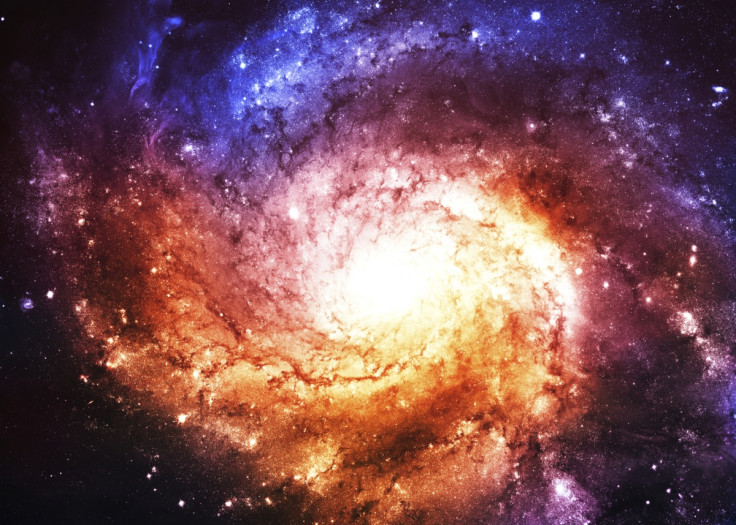The universe has lost up to 5% of its dark matter since the Big Bang
Scientists calculated how much dark matter was lost by combining observations with models.
Since the Big Bang, the universe has lost up to 5% of its dark matter, a team of scientists has revealed. By combining observations with models of dark matter and cosmological effects, the team was able to calculate what proportion was lost during the recombination era – 300,000 years after the Big Bang.
Dark matter makes up around a quarter of the universe, while ordinary matter contributes just 5%. The rest is dark energy – the mystery force believed to be driving the expansion of the universe. However, things were a little different just after the Big Bang.
Dark matter discrepancies
Dark matter was first discovered in the 1930s after scientists noticed galaxies moved as if they were under the influence of gravity. They rotate at such a fast speed that without some invisible force, they would be torn apart. However, dark matter does not reflect, absorb or emit light – rendering it invisible.
When researchers began studying dark matter with the Planck telescope – which looks at fluctuations of cosmic microwave background (thermal radiation left over from just after the Big Bang) – they found a problem. Fluctuations showed huge variations in the cosmological parameters from the observable universe today, compared with that seen during the recombination era.
"This variance was significantly more than margins of error and systematic errors known to us. Therefore, we are either dealing with some kind of unknown error, or the composition of the ancient universe is considerably different to the modern universe," said Igor Tkachev, from the Department of Experimental Physics at the Institute for Nuclear Research of the Russian Academy of Sciences.
"The discrepancy between the cosmological parameters in the modern universe and the universe shortly after the Big Bang can be explained by the fact that the proportion of dark matter has decreased."
How much was lost?

Tkachev and colleagues, writing in the journal Physical Review D, looked at decaying dark matter – the hypothesis that early on in the universe there was more dark matter that subsequently decayed. Lead author Dmitry Gorbunov explained: "Let us imagine that dark matter consists of several components, as in ordinary matter (protons, electrons, neutrons, neutrinos, photons). And one component consists of unstable particles with a rather long lifespan.
"In the era of the formation of hydrogen, hundreds of thousands of years after the Big Bang, they are still in the universe, but by now (billions of years later), they have disappeared, having decayed into neutrinos or hypothetical relativistic particles. In that case, the amount of dark matter in the era of hydrogen formation and today will be different."
The researchers looked at Plank data and compared it with the decaying dark matter model and the Lambda-cold dark matter model, which involves stable dark matter. They found the former was more constant with the observational data, but that it was limited by the effect of gravitational lensing.
Using observations of cosmological effects, they were then able to work out how much dark matter had decayed – between 2 and 5%. "We have now, for the first time, been able to calculate how much dark matter could have been lost, and what the corresponding size of the unstable component would be," Tkachev said.
"This means that in today's universe, there is 5 percent less dark matter than in the recombination era. We are not currently able to say how quickly this unstable part decayed; dark matter may still be disintegrating even now, although that would be a different and considerably more complex model."
© Copyright IBTimes 2025. All rights reserved.






















